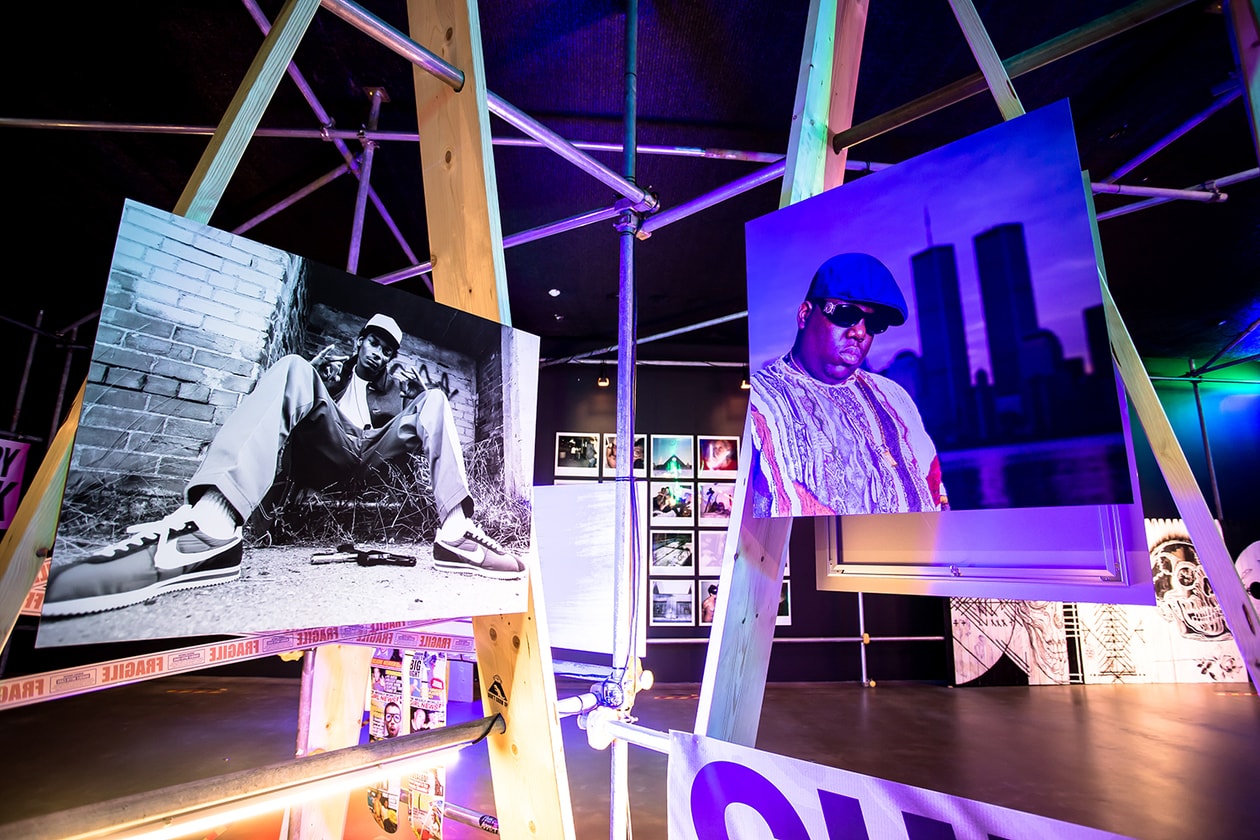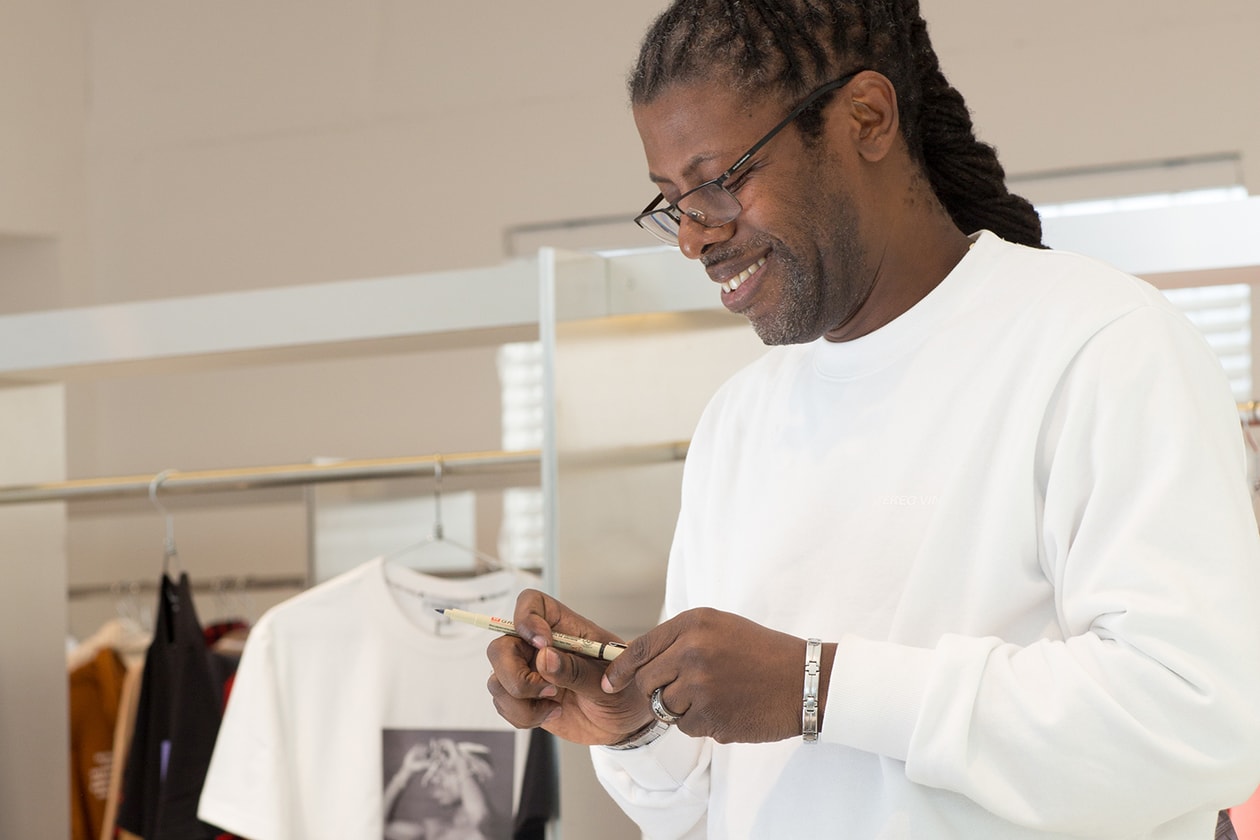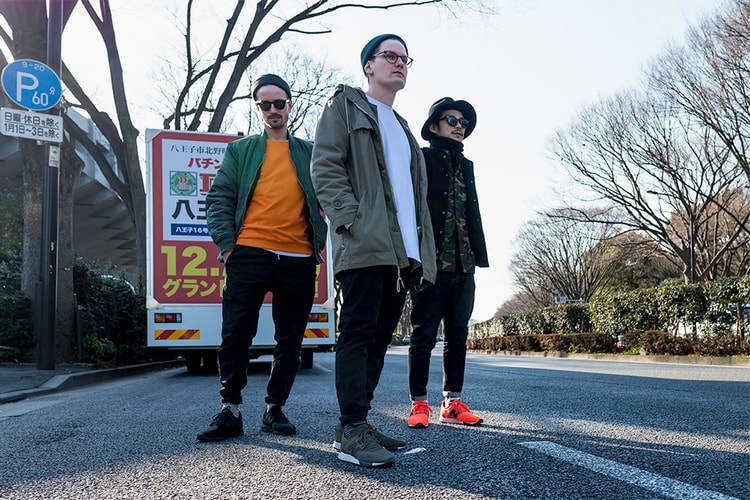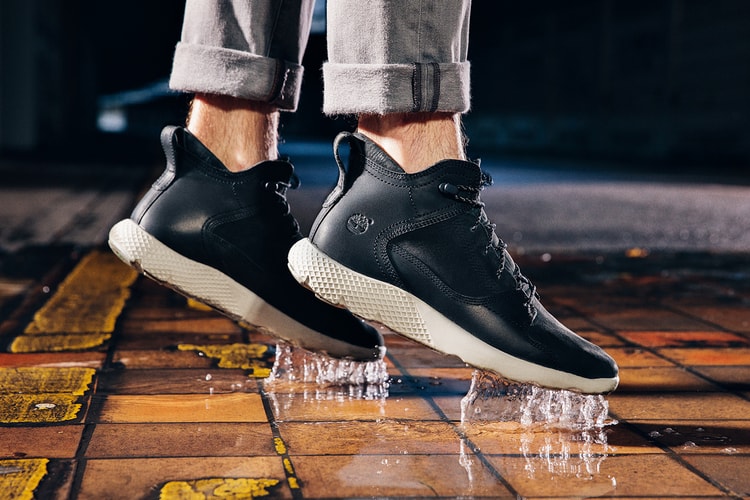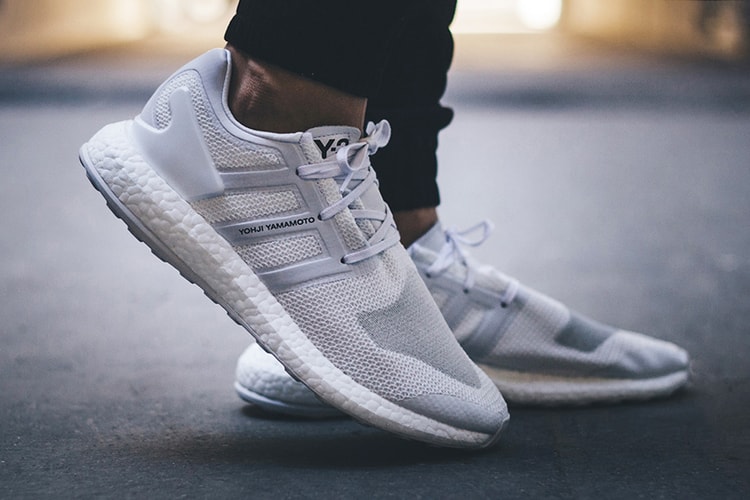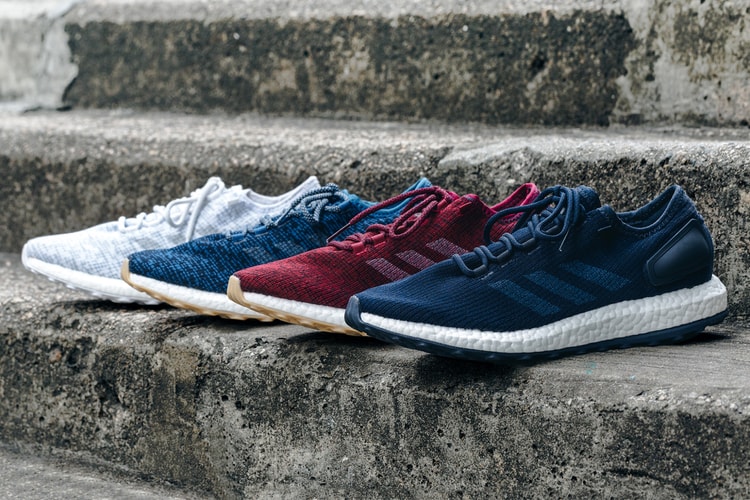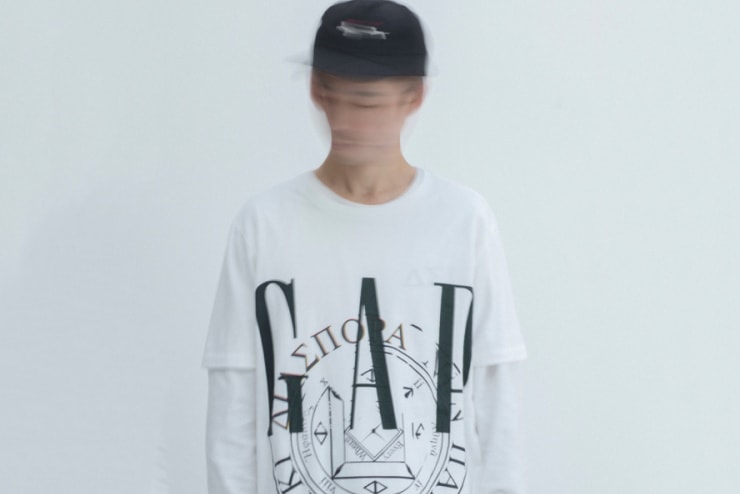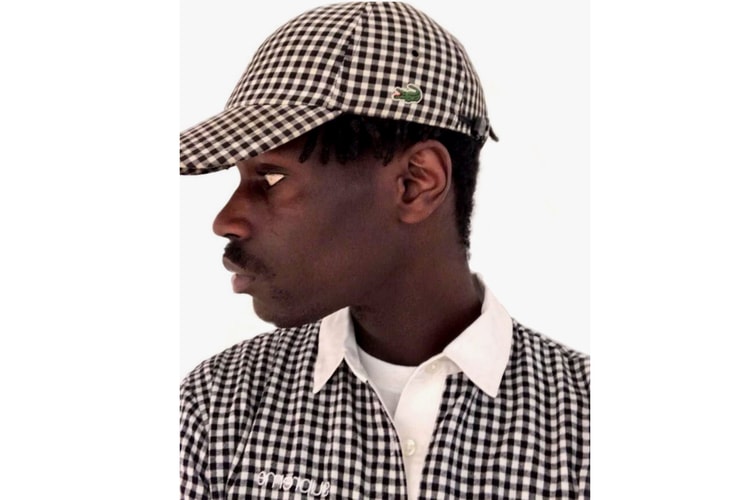Hip-Hop Photographer Chi Modu on Working With Tupac and Getting out of the Picture
“The one that understood the camera the most was Tupac.”
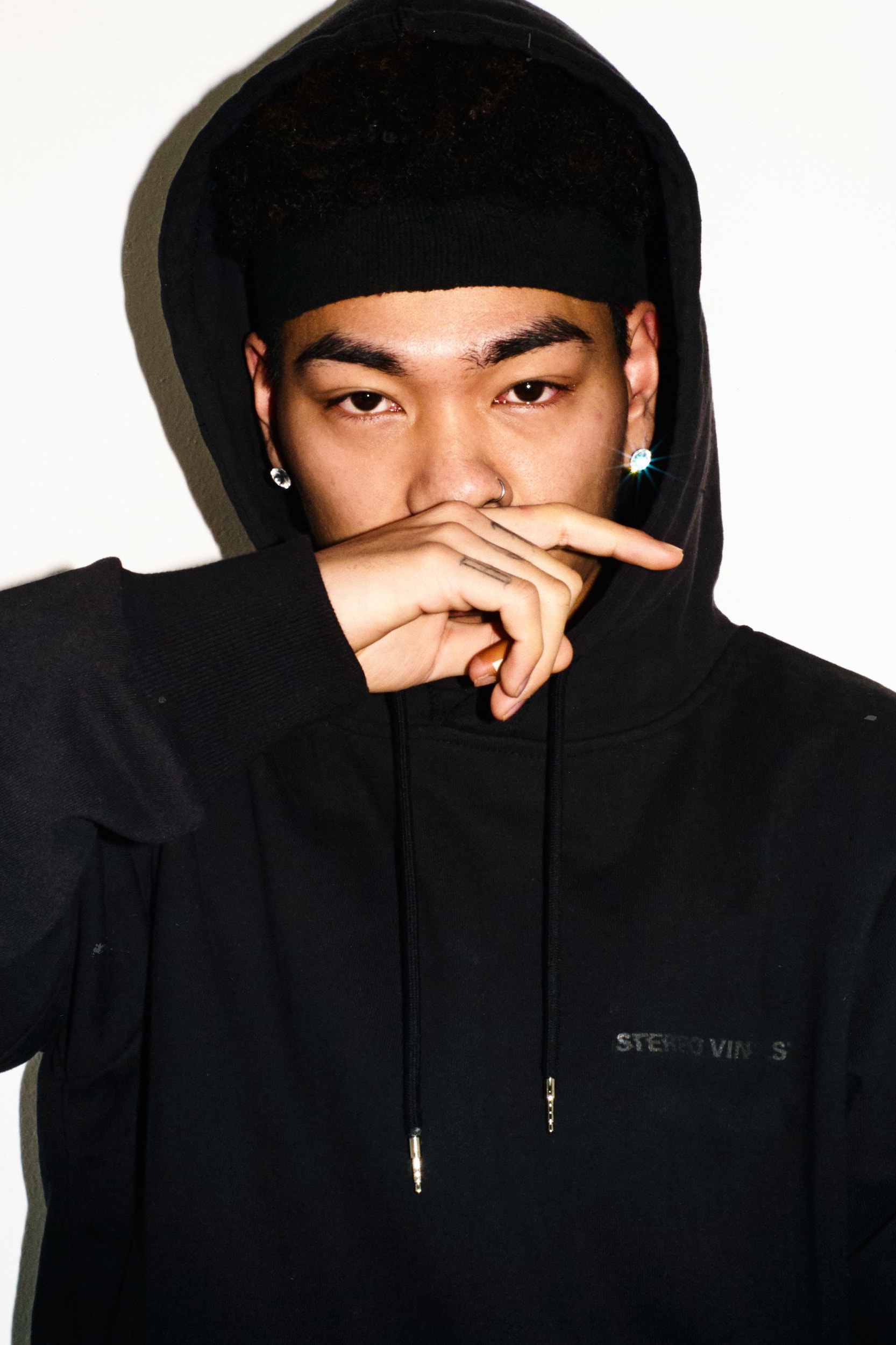
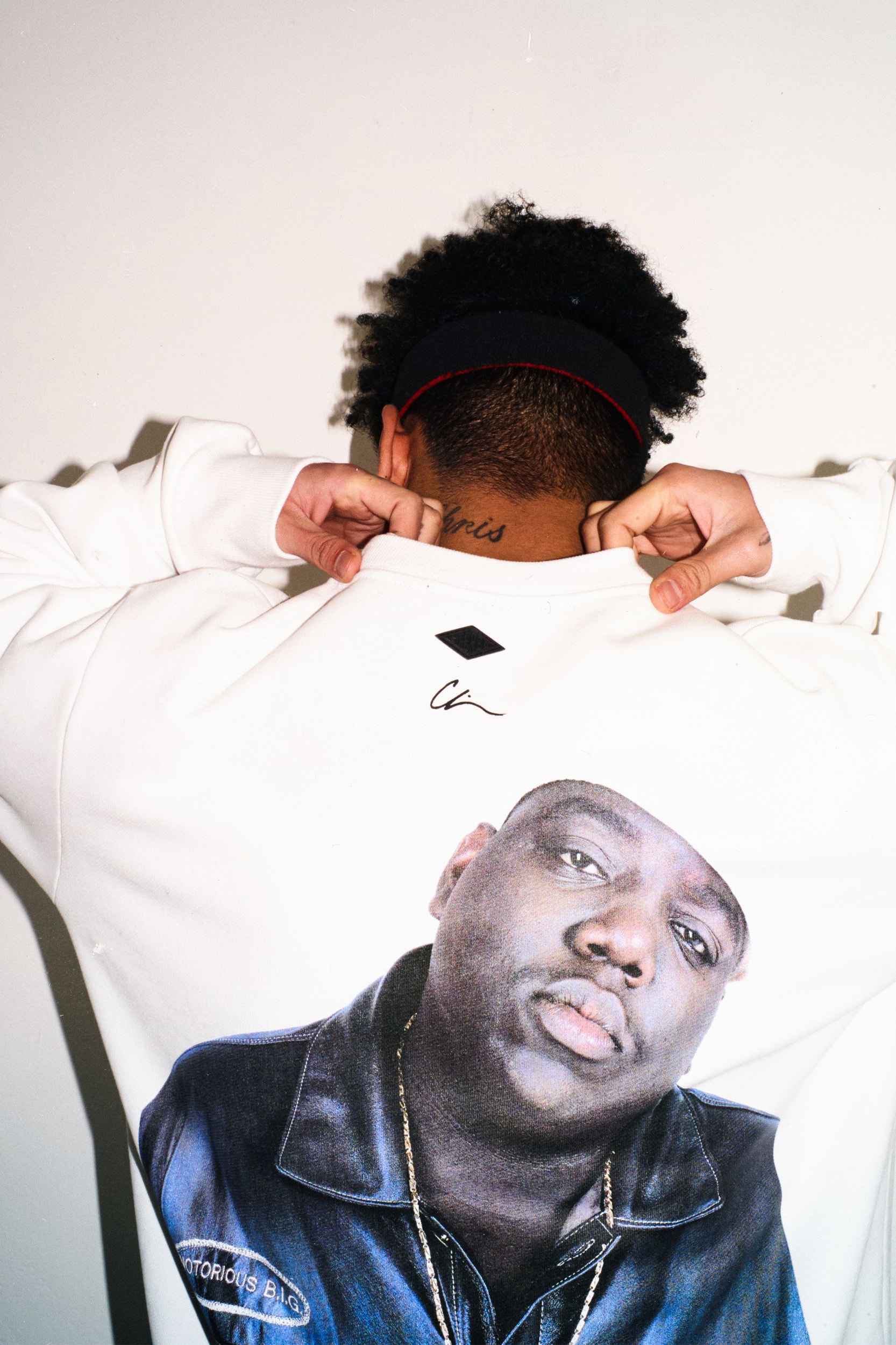
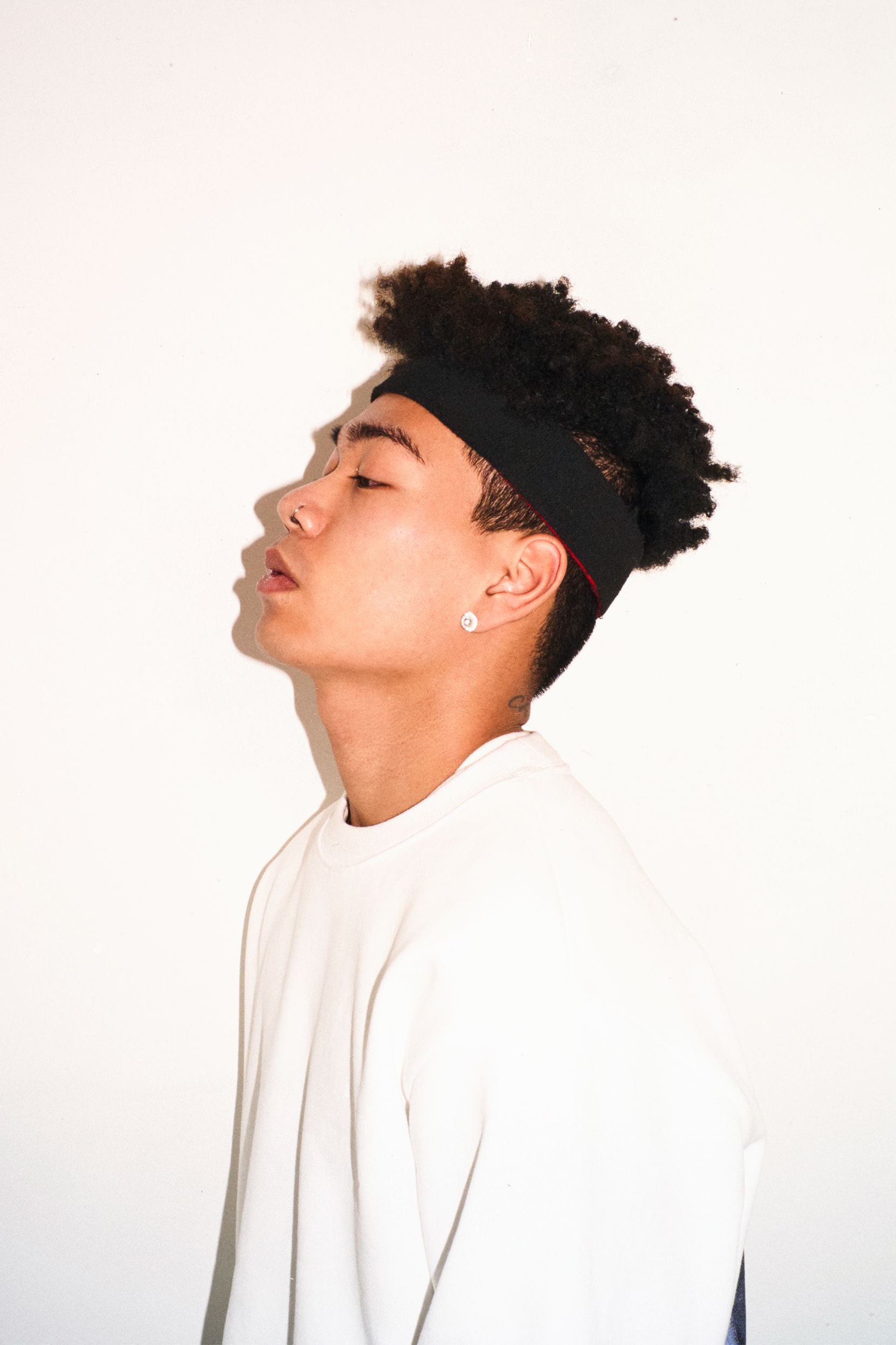
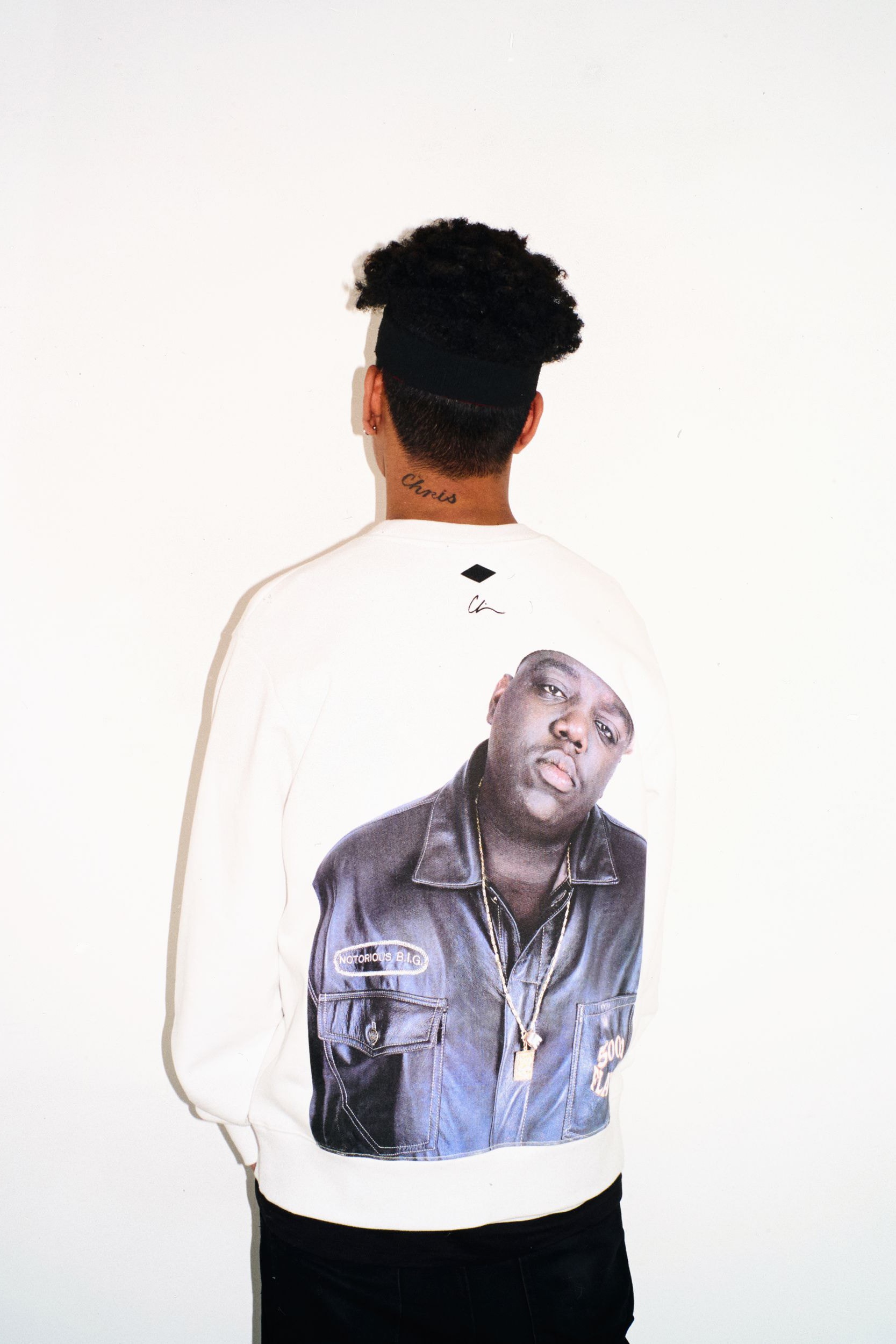
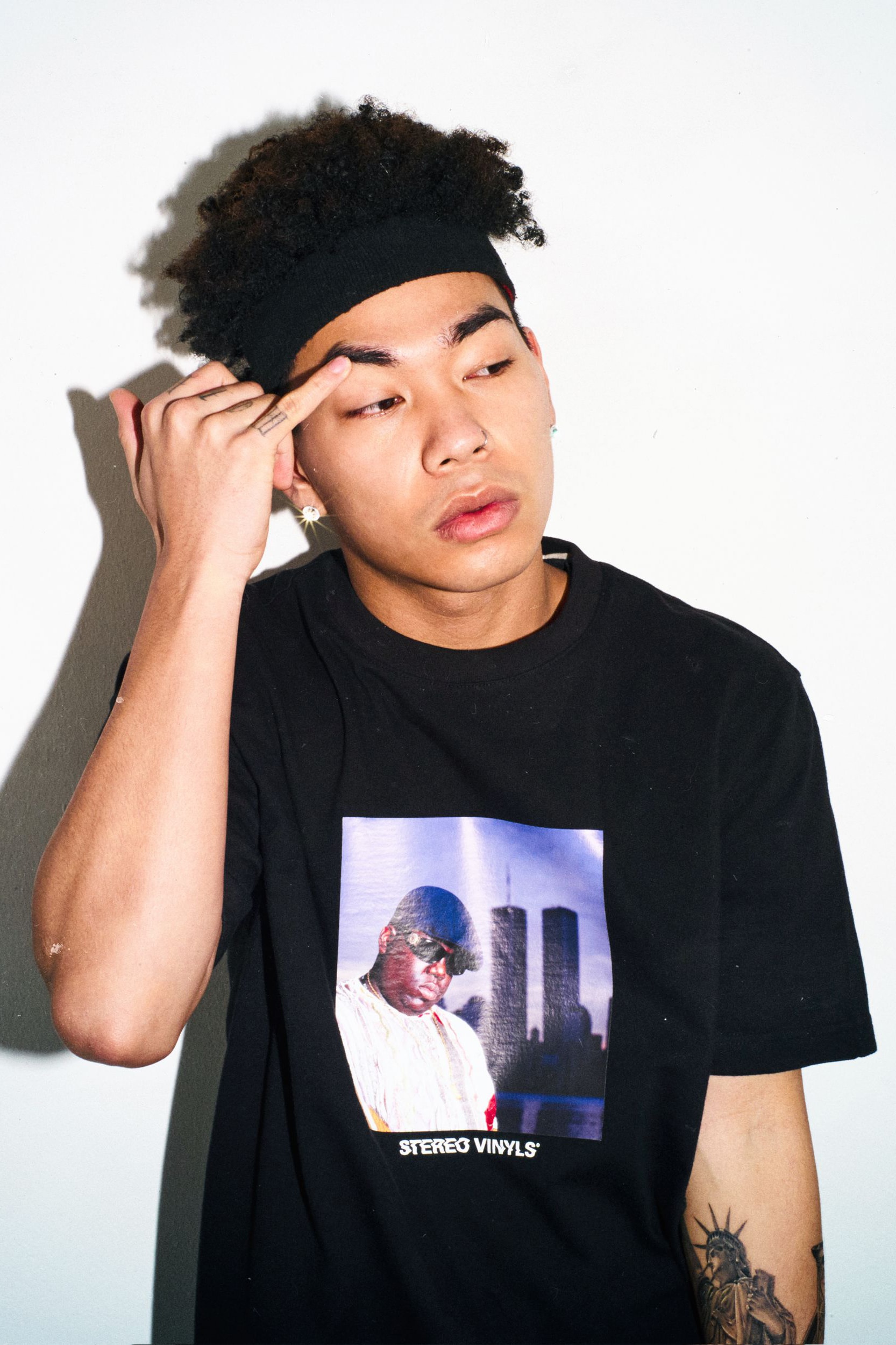
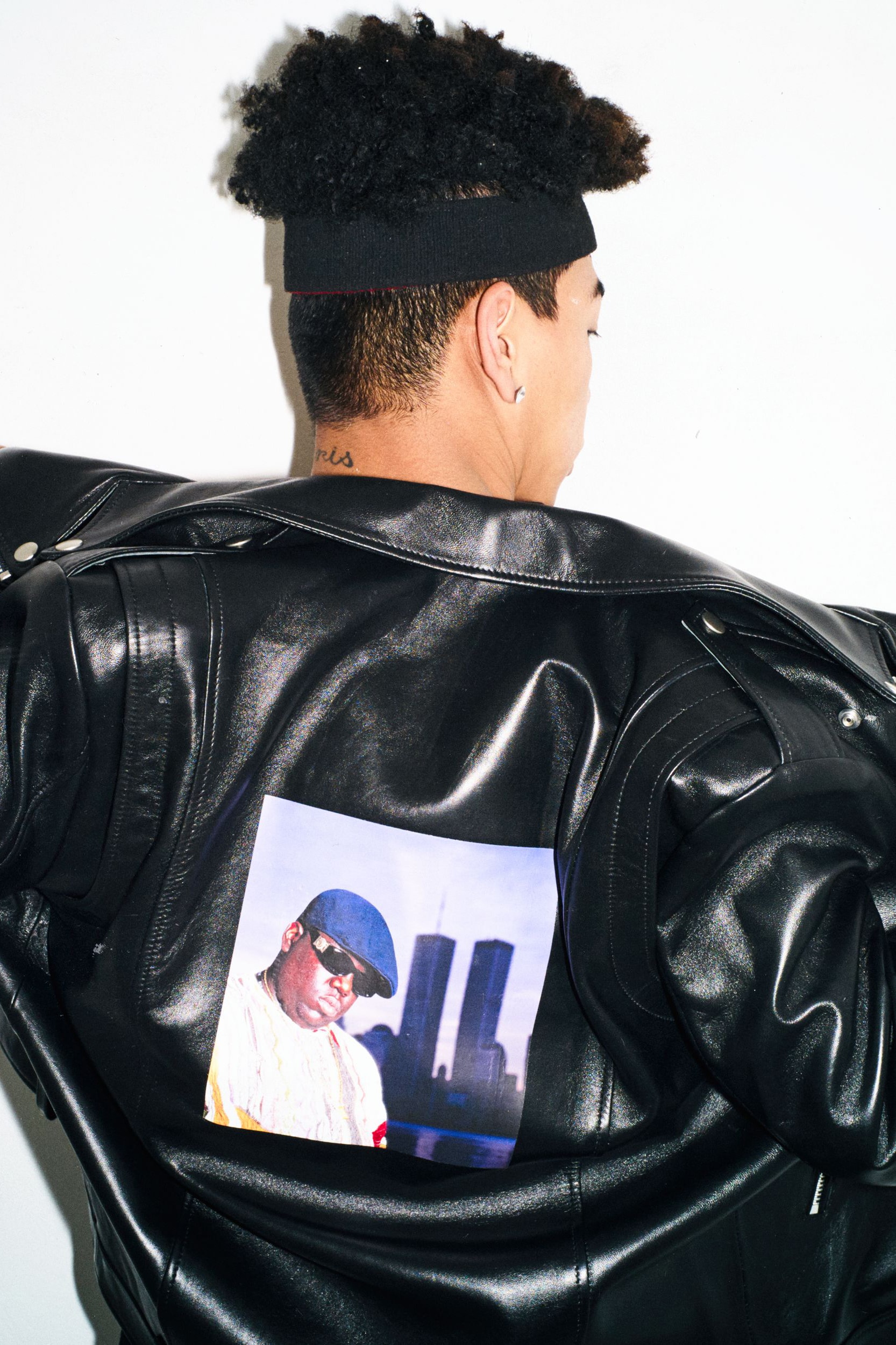
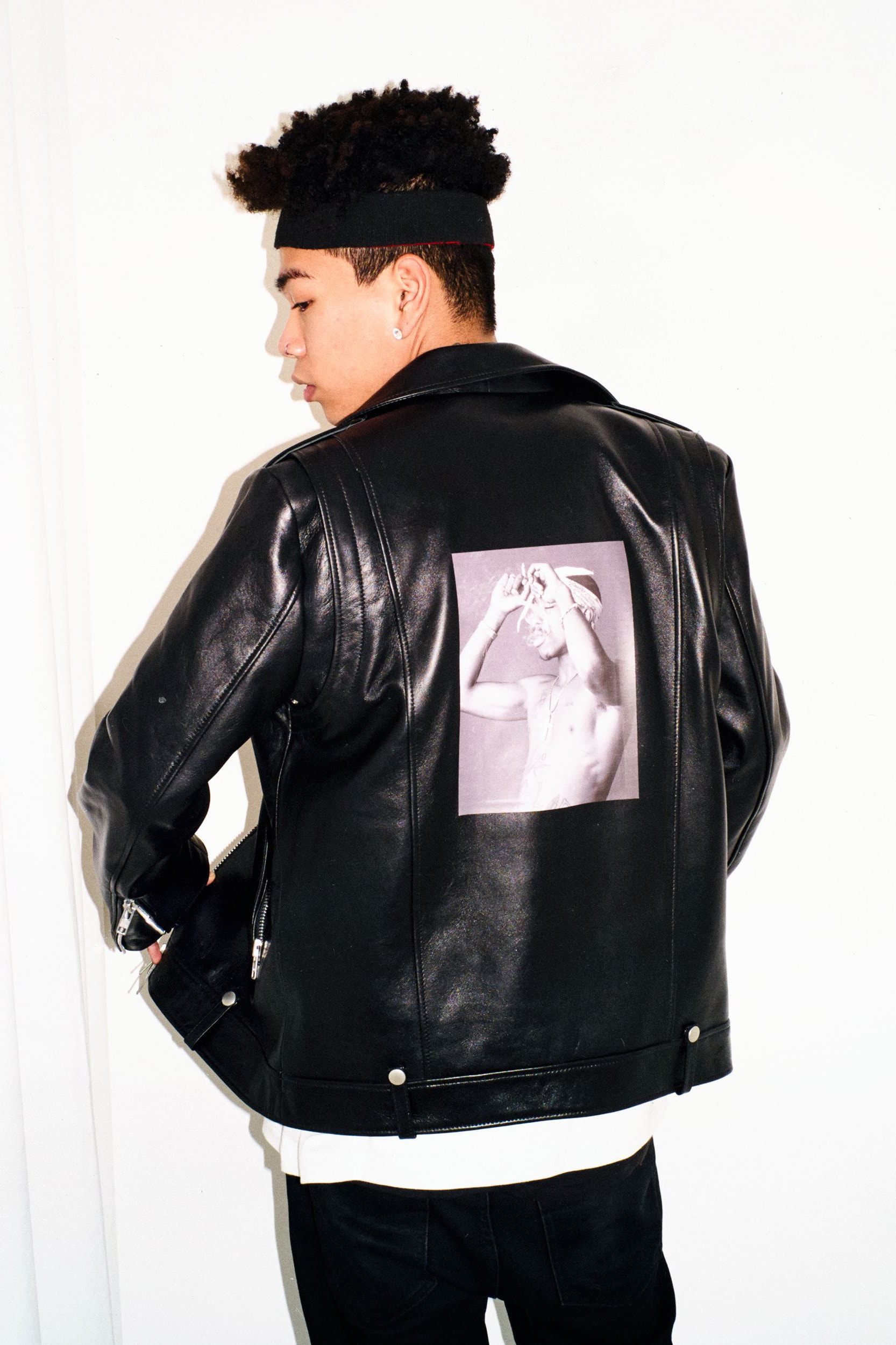

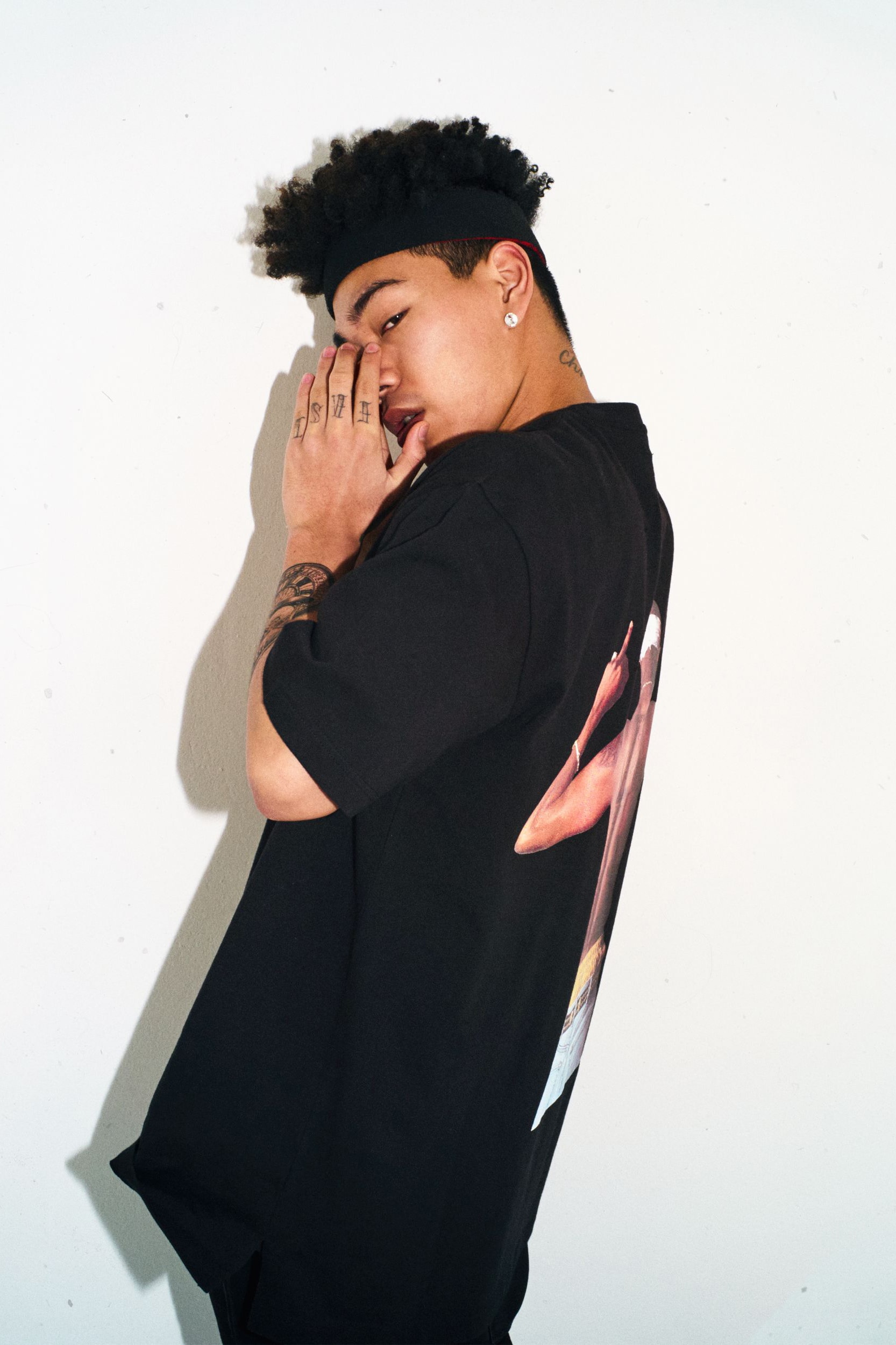
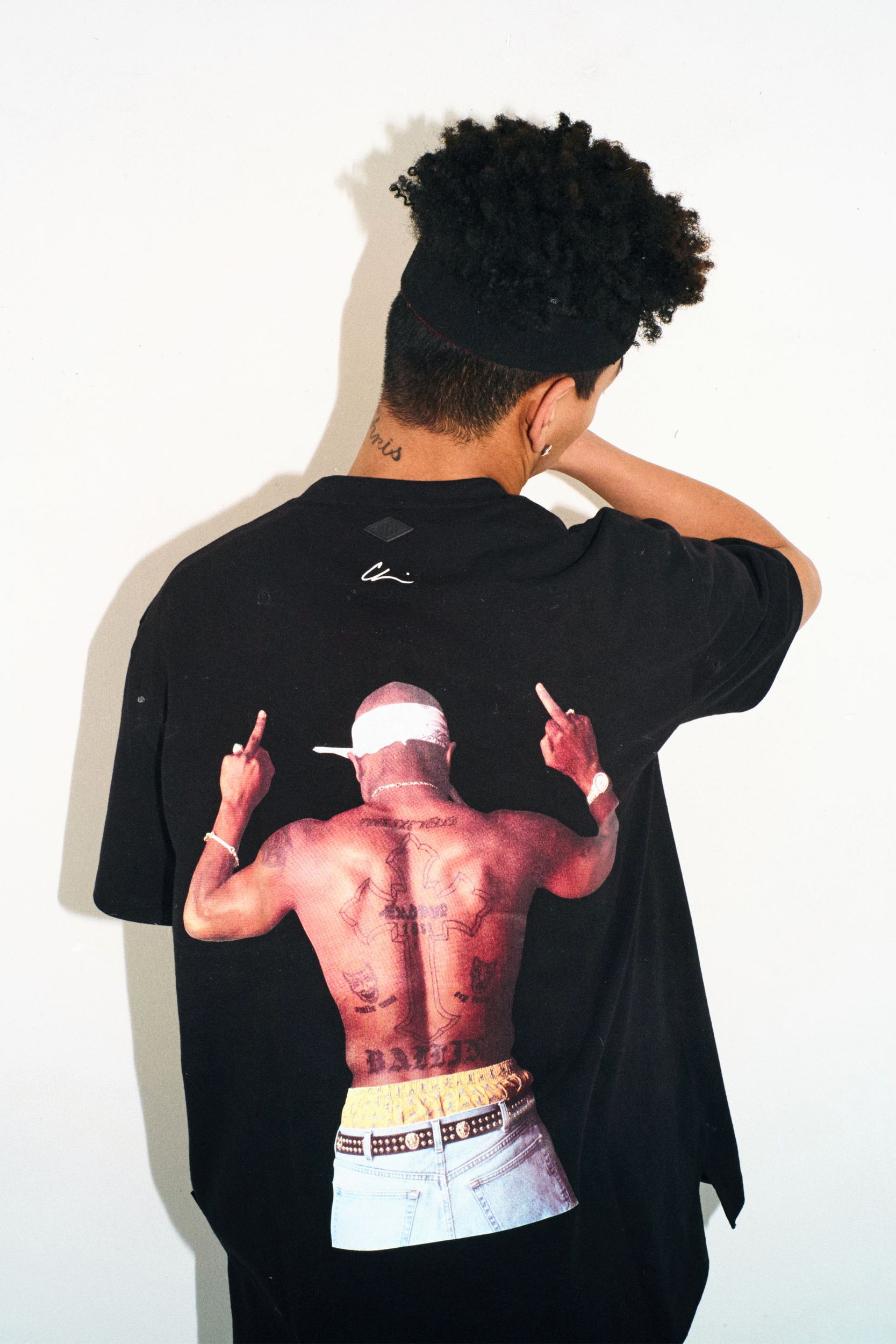
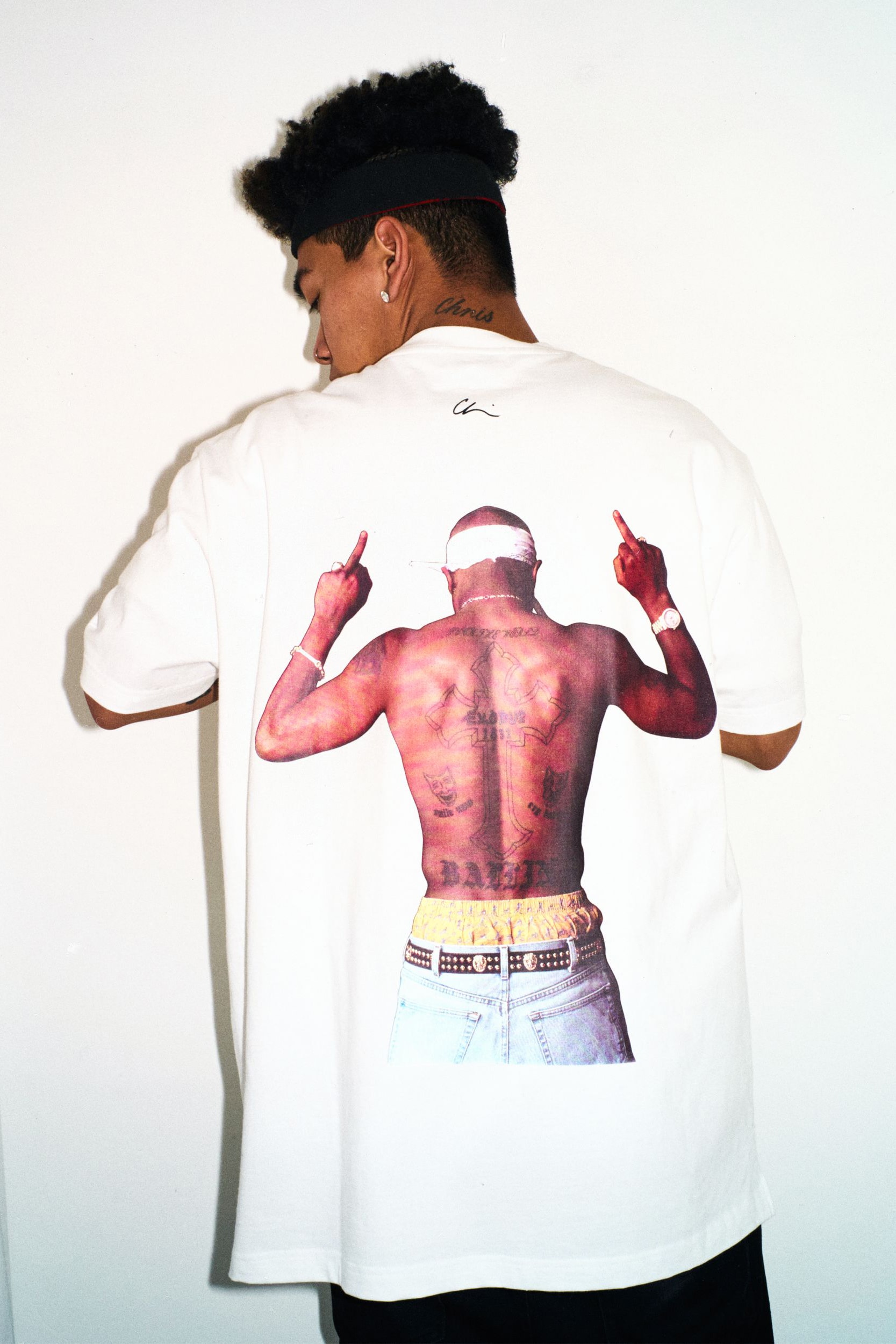
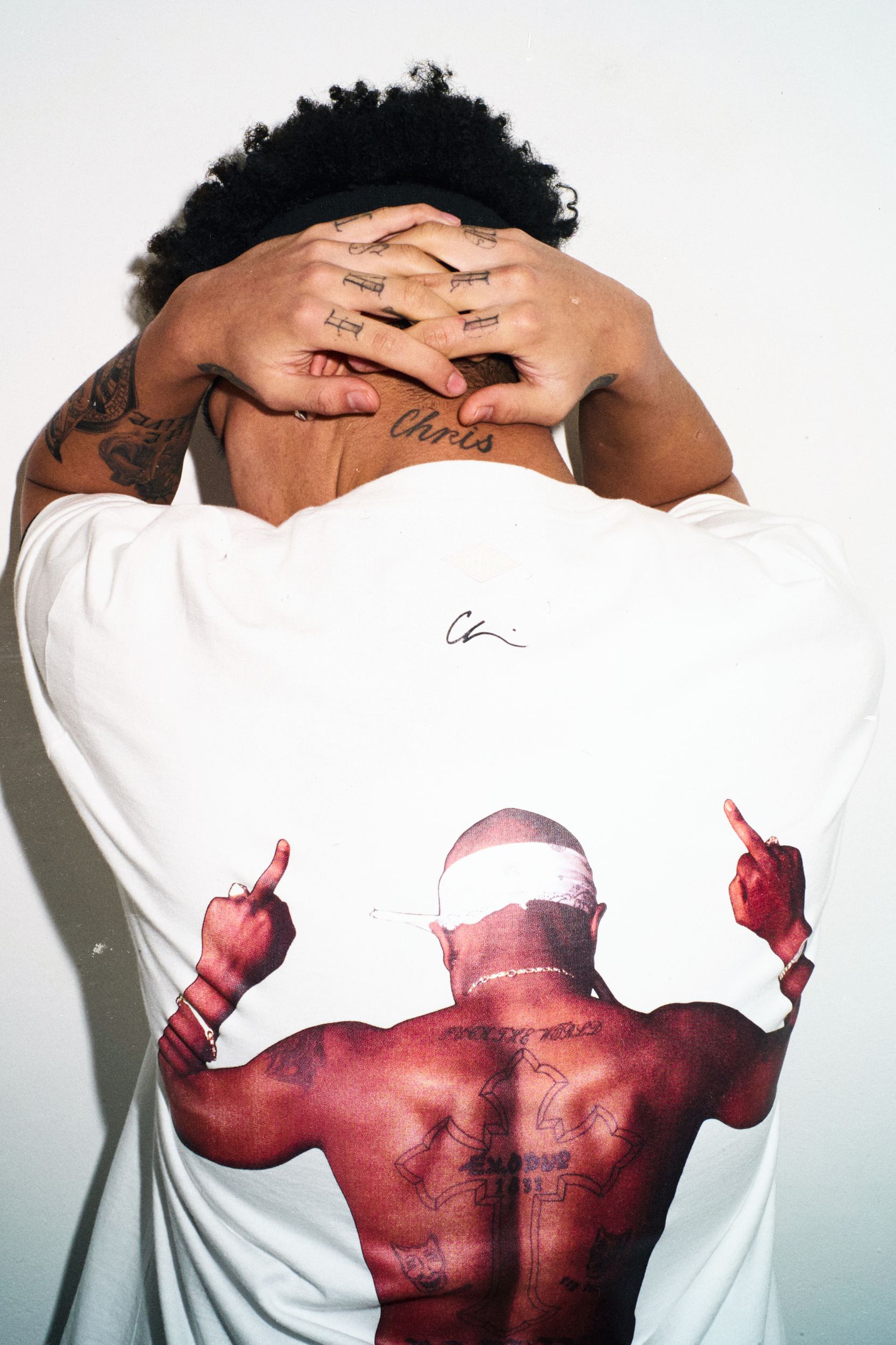
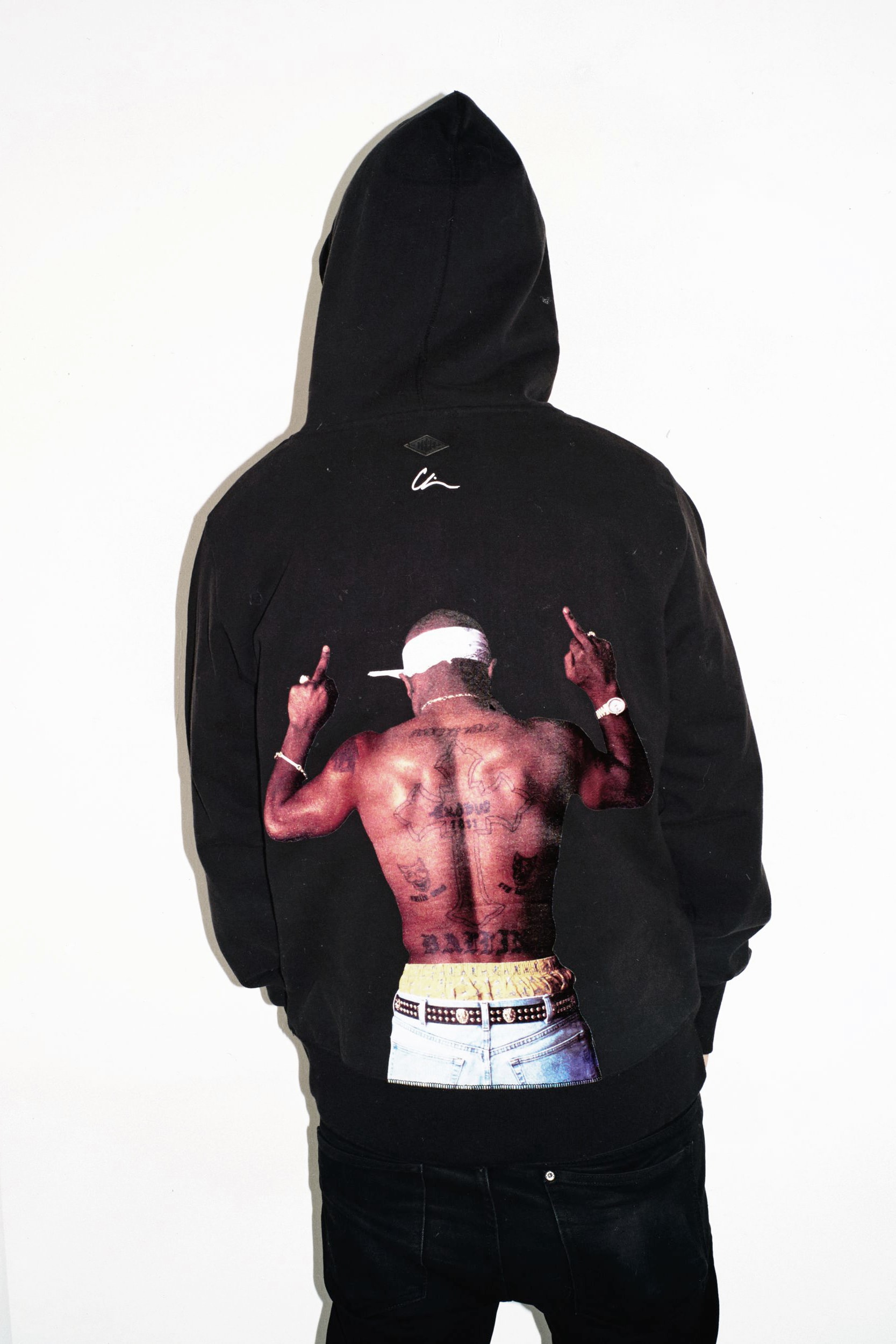
You are reading your free article for this month.
Members-only
Photographer Chi Modu is somewhat of a living legend. Known for kickstarting and pioneering in the field of hip-hop documentary photography, New York-based Christopher Chijioke Modu has been through it all. He calls Tupac, Nas, Biggie, and Snoop his friends and himself their “big brother.” During his trip to Seoul for D Museum’s “Youth” exhibit, in which he installed just a few of his iconic portraits, we caught up with the infinitely experienced and humble photographer to talk about youth, the influences of his work, and his celebratory clothing capsule.
How did you start photographing your iconic subjects?
If you go through my body of work, it is pretty all-encompassing. I kind of photographed everybody. My personality is such that when people are around me, they tend to relax, which allows me to get closer. Probably one of my best skills as a photographer is my people skills. [My subjects] were young, but so was I. I was 2 to 3 years older than them, and had been to college, while most of them went straight from teen years right into stardom. I think I brought a little balance to their world. People like Tupac, Snoop, Nas and all them, they felt that from me. They were comfortable around me. The pictures that I took of them are a little bit deeper than some of the other stuff that you see because of the comfort level. That is how it worked.
Do you have a particular favorite portrait that you took?
I don’t know about any single one, but I have a lot of portraits that I like. Some of my subjects are easier to photograph than others. There were some that understood the camera, and there are some that didn’t understand what fame is about. And, to really be in the fame game, you must understand the camera and what it means to your career. For me, I could always take this camera and enhance whatever it is you wanna be. But you have to trust me enough to understand that it is what I do. If you are that star, let me enhance it with my camera.
Who is your most memorable subject?
The one that understood the camera the most was Tupac. I would say Snoop would come second. Snoop could relax around the camera with me, which helped him, but I think Tupac understood the importance of the imagery around him. Almost like someone that could see the future, that he wouldn’t be around forever but the pictures would be. I think in some ways he saw forward but so did I. When I was taking the photographs that I did, I didn’t get paid that much. No one really knew whether this thing would stay or not. But I did it, and I knew it was important so I did it thoroughly. And now, 25 years later, everyone is saying, “Wow you are so genius,” but I say, “You didn’t think that when I was doing it. You are thinking with hindsight.” But you have to be able to see the future. It’s the nature of photographers.
Is there any one photographer or artist that influenced you?
No, but you have to remember that what I did was breaking new ground. There was really no one documenting hip-hop the way I came into it. There are similar styles of photographers but they fall more into documentarian, photojournalism. I took that approach to hip-hop which is what makes my pictures unique. You not only see the straight up portraits, but you see pictures with their friends, with their mother, with their girlfriend — the rest of the story, which is what journalists do.
Hip-hop documentary photography seems like a very niche field. Is it limiting or liberating?
It is liberating. I say that because a lot of the times, people tell you “yeah, I do hip-hop, but I also do fashion and I am a director.” To me, that’s confusing. It’s not that I don’t do other things, but I don’t necessarily make sure you need to know about those other things. I am fine with people thinking I’m just a hip-hop photographer, never bothered me. That’s part of my success.
It’s interesting to see the subjects of your travel photography, like schoolchildren in Nigeria, and then your other subjects like Snoop Dogg. There seems to be a dichotomy there. What do you look for in your subjects?
If you look at enough of my work, you will find the same line through them all. It’s the honesty. I try to make sure that it is real, as real as I can make it. I don’t turn it into my real, it’s their’s. The picture of the Nigerian kids look like something you’d see in Snoop’s eyes. When you go for that honesty, in the center, the subject doesn’t really matter. You are looking for the same thing.
How has your cultural roots influenced you as a photographer?
I was born in Nigeria. I come from the most populous black country in the world. So even though we weren’t born in the same country, I was close to [African Americans]. I am very familiar with black folks because they are family. That allows me to crack certain codes, teach [my subjects] in a way without lecturing. I respected them, I wanted them to look right, because I was thinking beyond just the photo assignment. I always thought about a generation and a community, with everything I did.
Why did you choose the portraits that you did for the D Museum exhibit?
In my archive there are certain pictures that are very recognizable. There are some stuff that weren’t released, that some don’t know. There is some stuff the whole world knows. In the exhibition, I thought if I am coming to Korea, I really need to show the things that are a bit more familiar to people before I go too deep into the history. Since it’s a small show — I only have five pieces in there — I chose to do these ones because I thought it was a good opportunity.
What is youth to you?
I think that the word really speaks about being free, because when you are youthful, you are free. When you think about the pictures that the world knows of mine, they were done in my twenties. That is kind of when you do things. You don’t finish your life then but you start to set up. Here I am 25 years later, working on what I set up at [that] age. These are critical years, your youth. People don’t always know. They think that it will last forever, but it too passes. When you are youthful, get it in. Take your chances. Experiment. That is what youth means to me. It is time to figure it out, time to be wrong on your way to being right.
Is there anything you want to tell those who want to make it in photography?
A lot of times, people ask me questions about hip-hop photography, and I say, “What is that?” There is just photography, and you happen to photograph hip-hop. I think for people to become a photographer, be clear that you want to become a photographer. If you want to be cool, that’s not what this is. It is a different path. A lot of people just want to be cool. They want to hang out with the stars. That is not who we are. We are workers. We grind. We don’t catch the fame until long after. The advice that I can give to photographers [is], “Get out of the picture.” Let your subjects be your brand.
The subjects you have shot are very legendary. But who is your next subject?
As far as music, I don’t think in terms of artists that way. I think more in terms of, “Who would I make good photographs with?” What is happening in music compared to when I did it, is that there is not much honesty. Now you can talk, and you have a crew of bodyguards. You are buffered. Before, I would run into Tupac, second floor of the bar. He had to be able to hold on his own, outside of the velvet ropes. Now, you never catch these guys outside the velvet ropes. Even the photographs you see of them are very controlled and managed. I think the artists of today have to let go of some of that control. They are afraid of what is going to happen to their brand and their image.
What was the last song you listened to?
For certain trips, I grab a soundtrack. The soundtrack for this Korea trip was Blackmoon’s “Enta the Stage.” I shot that album in 1992, 1993. I listen to a lot of rappers. I don’t mind the rappers of today, the beats like trap are funky, but I am not one of those hardcore “I like these, I don’t like these.” Not at all. I sometimes speak to people from my generation [and tell them to] relax. People didn’t like what we were doing, so let it be. Don’t say ours is better. We’re just different. You don’t have to like it, but don’t act like it doesn’t have value, when the youth are saying they like it.
What would you like to tell the youth of today?
Stick by your guns. Don’t get intimidated. Don’t let the old heads talk you out of your shit. They were once youthful and no one could get them out of their shit. Be serious about what you want to leave behind. Be serious about your mission and be unstoppable.
Chi Modu’s clothing capsule is available now at colette and Stereo Vinyls’s web shop for $34 for T-shirts to $84 for hoodies.


